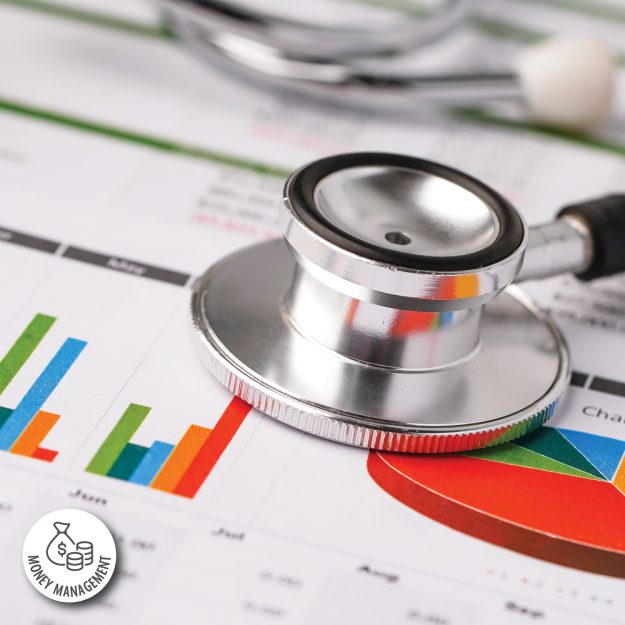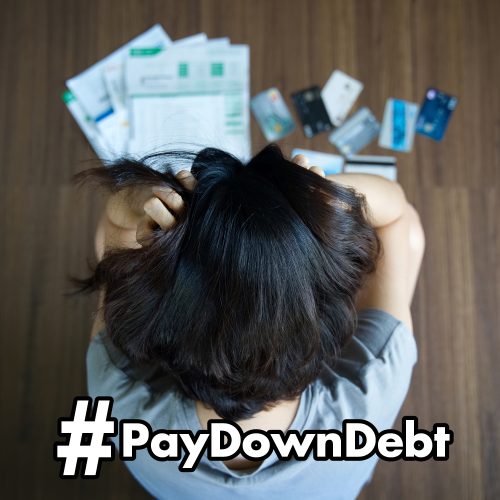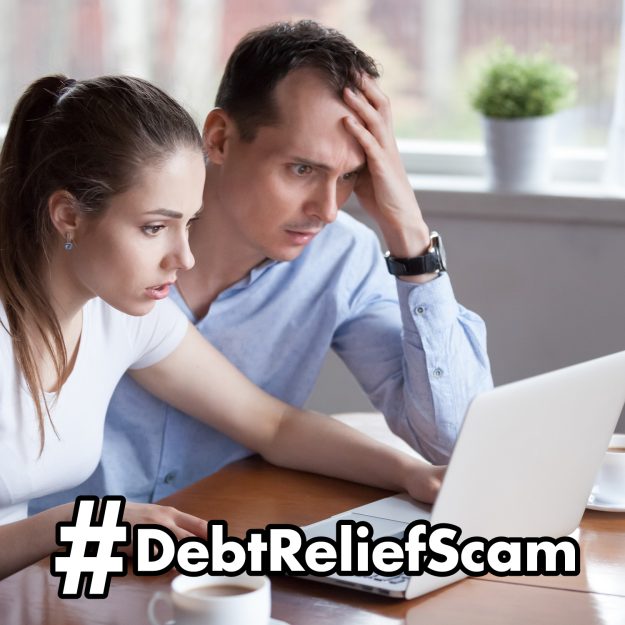Your Complete Guide to Santa Shock Recovery
The holidays are over, and with the start of a new year, we are often dealt a case of “Santa shock”. Its main symptoms are the result of the house and daily schedule being in disarray as well as those first post-holiday credit card statements haunting you as the ghosts of purchases past!
The good news is, all it takes is some self-care and planning to make a full recovery from Santa shock. Here are four ways you can bounce back from the post-holiday slump.
Declutter and reorganize
Get your house organized! To ease the overwhelm, move all the holiday clutter into one area. Then make a list of all you need to do to get your home looking liveable. Finally, enlist the help of all household members to divide and conquer it all. In no time, your living space will be looking neat and organized again.
Reestablish routine
Getting back into a normal post-holidays routine can be challenging, but the sooner you start, the easier it’ll be to get back into real life. Set a regular sleep schedule, plan balanced meals and reintegrate exercise into daily life. Returning to a structured routine will help you feel more grounded and reduce the disorientation that often accompanies the post-holiday season.
Help your budget recover
Get your budget back on track after the holidays with these tips:
- Consider a no-spend month. Resolve to only spend money on what you truly need for an entire month after the holidays. This will help your budget get back on track quickly.
- Assess your holiday spending. Take a look at how much you spent so you have an idea of how much you’ll need to pay off sooner than later.
- Make a plan for any carryover debt. If you put a bit too much on credit (meaning “borrowed money”) during the holidays, make a plan to pay it off as soon as possible.
- Consider opening a Christmas Club Account for next year. A Christmas club account will allow you to spread the cost of the holidays across the rest of year to help pay for all of the season’s expenses without taking on debt.
Prioritize self-care
The holidays can leave you feeling drained. To fully recover from Santa shock, prioritize self-care in the weeks after the holidays. This may mean reading a book, meeting friends for coffee or indulging in a spa day. Whatever revives you!
Follow the tips outlined here to recover from Santa shock and transition smoothly back into real life.




















